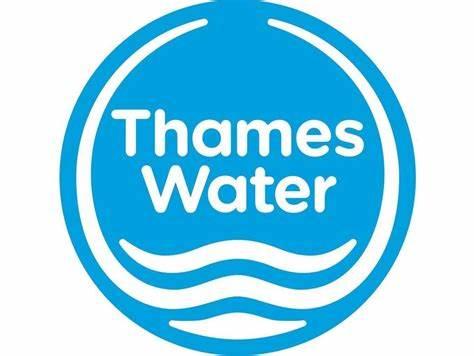Thames Water Leakage Detection Case Study
DMA Leakage Detection
Crowder was awarded a main service provider to Thames Water on the Leakage Detection Framework in 2019. We gathered a team of 14 which consisted of Subject Matter Experts, a Project Coordinator, Project Engineers, Project Manager/Team Manager and Project Technicians out on site.
At that time, Crowder had delivered 9 leakage reduction projects which had reduced leakage by 10Ml/d and we were aiming for a further 7Ml/d reduction in 2021.
Success on the project has been achieved through applying an exceptional high level of technical expertise and experience in all aspects of leakage analysis and leakage investigation processes.
We follow a focused and systematic methodology to investigate and resolve the high leakage and unaccounted for water issues on each project. Each project has its own initiatives.
We design and setup LCAs within DMAs, utilising existing metering. Carry out meter verifications, build and calibrate models and operate valves as part of the setup process. To ensure DMAs are hydraulically tight, we conduct pressure zero tests.



Investigating confirmed leakage volumes in localised areas of interest lead to more intensive investigations resulting in hard-to-find leaks being detected and provide evidence for prioritisation of repairs.
We deploy correlating noise loggers to locate leaks in areas of identified interest. We also have a range of loggers such as Gutterman ZoneScans, Enigmas, Enigma HyQs.
Our team of engineers review the points of interest generated from the correlations and plan the follow up investigation work. Ground microphones, listening sticks and if required further correlations will be carried out to confirm and pinpoint the leaks to an accurate location. Leaks are marked up and raised in Thames Work Management system for scheduling and progress tracking.
The reduction of leakage in DMAs may require several survey cycles of detection and repair to reduce leakage which we carry out until satisfactory reductions are achieved.

